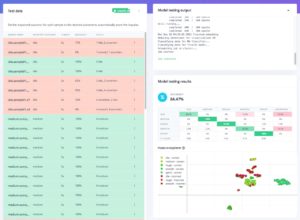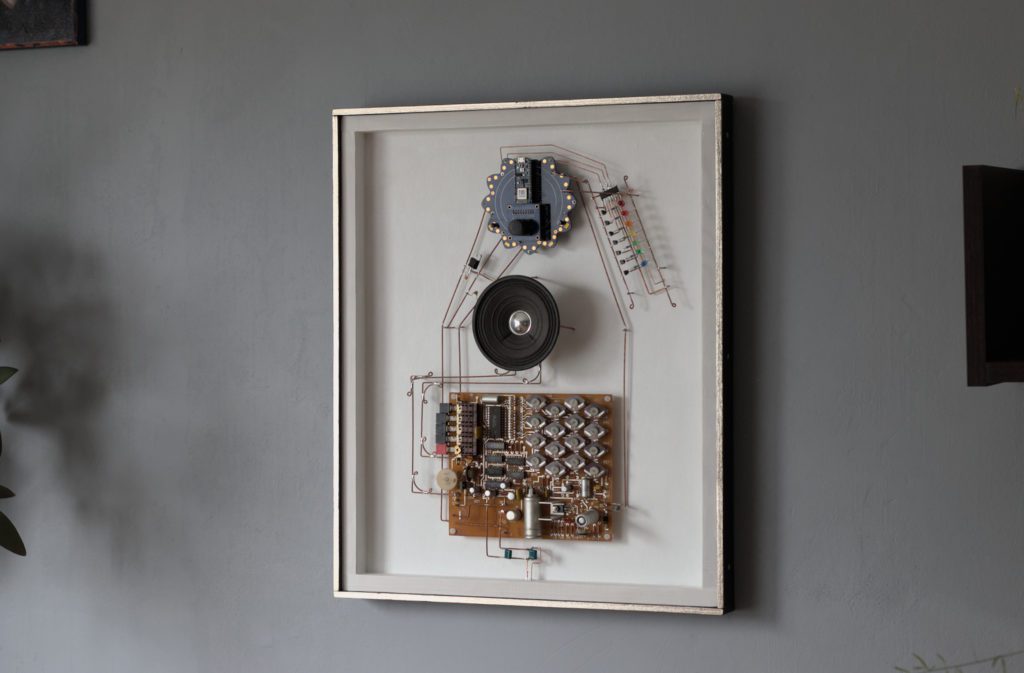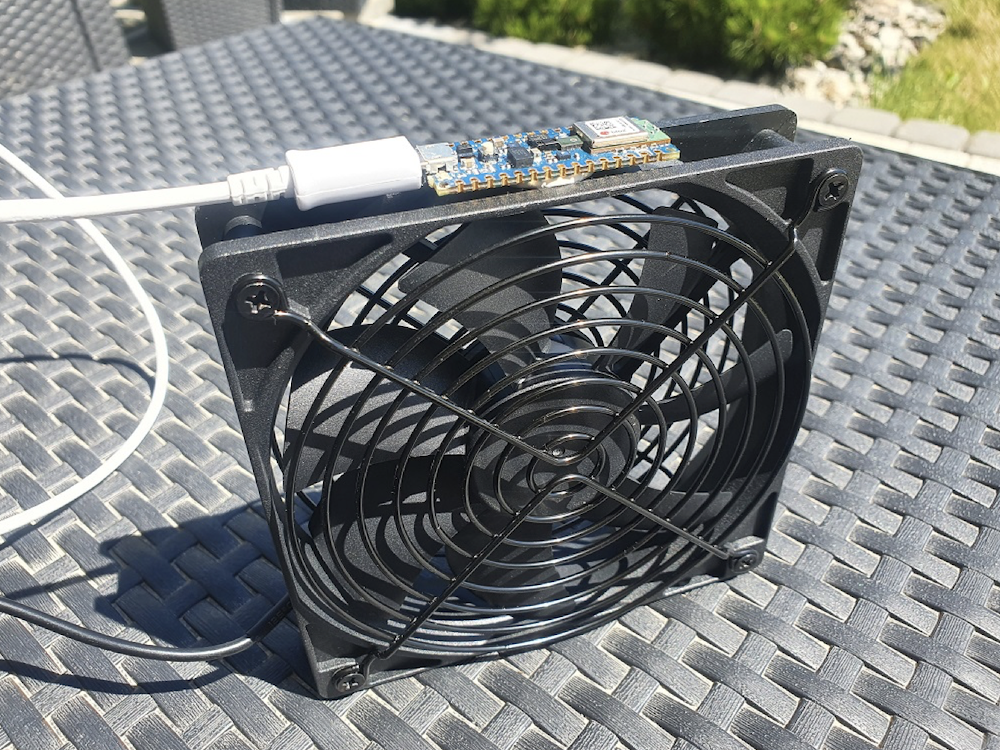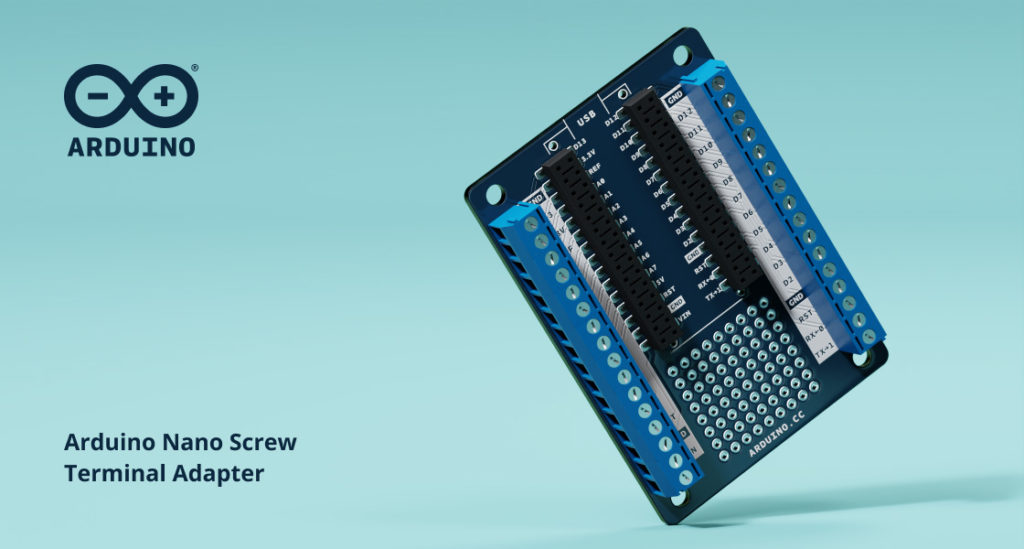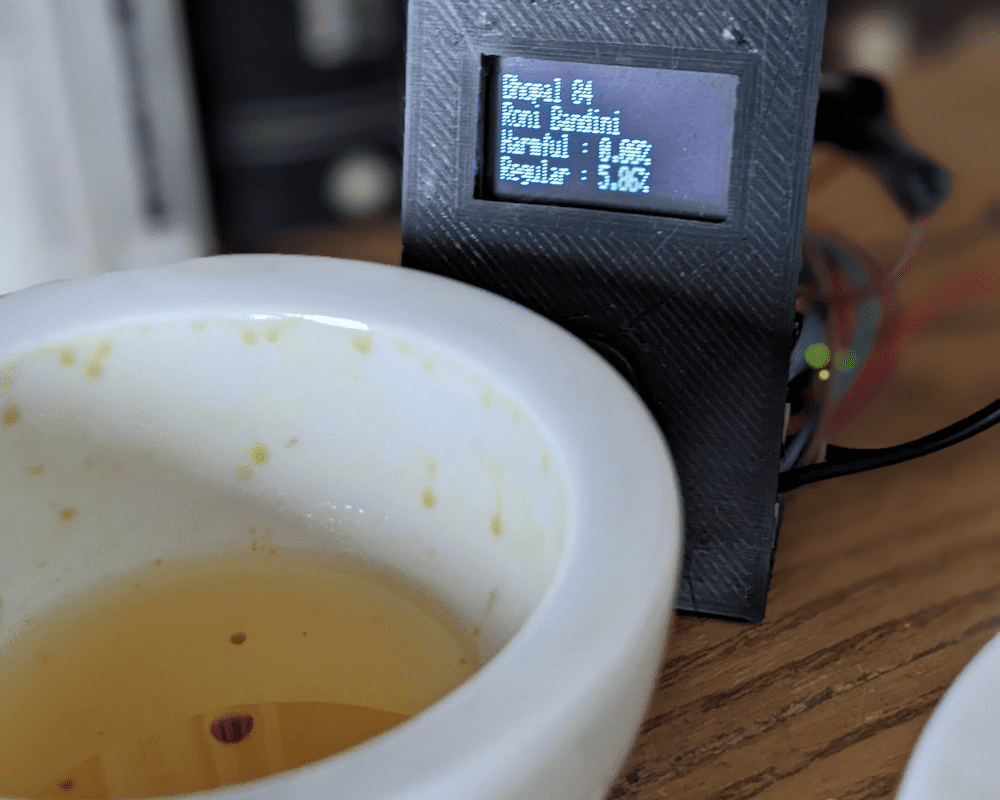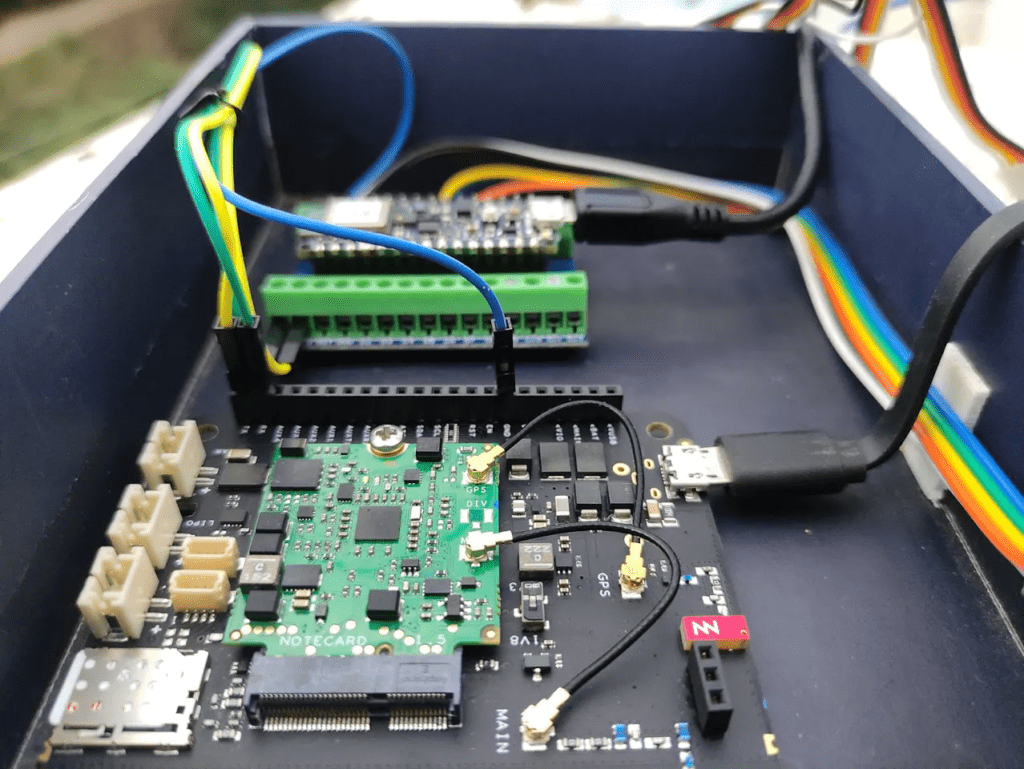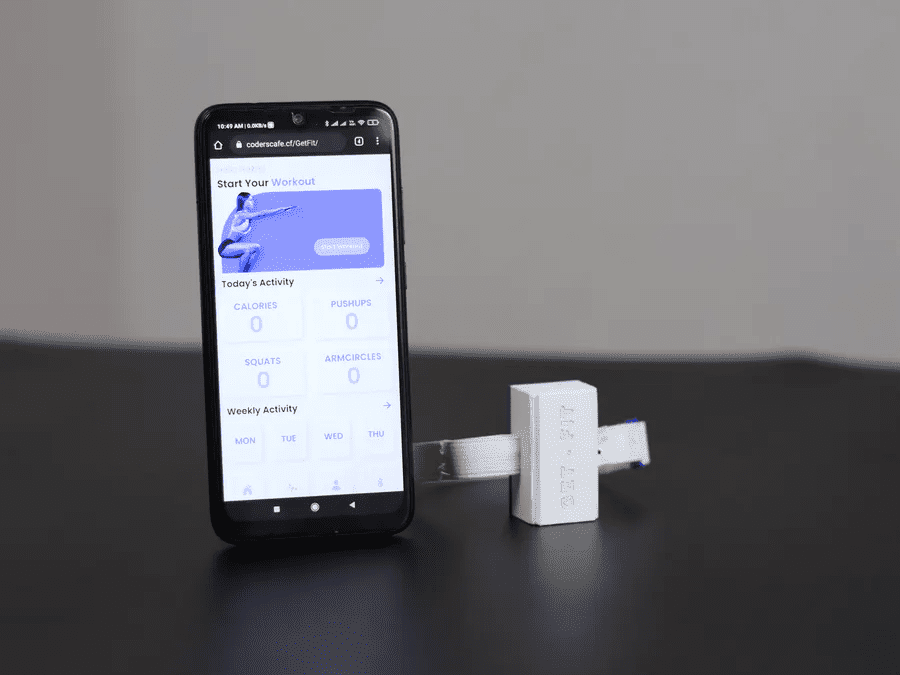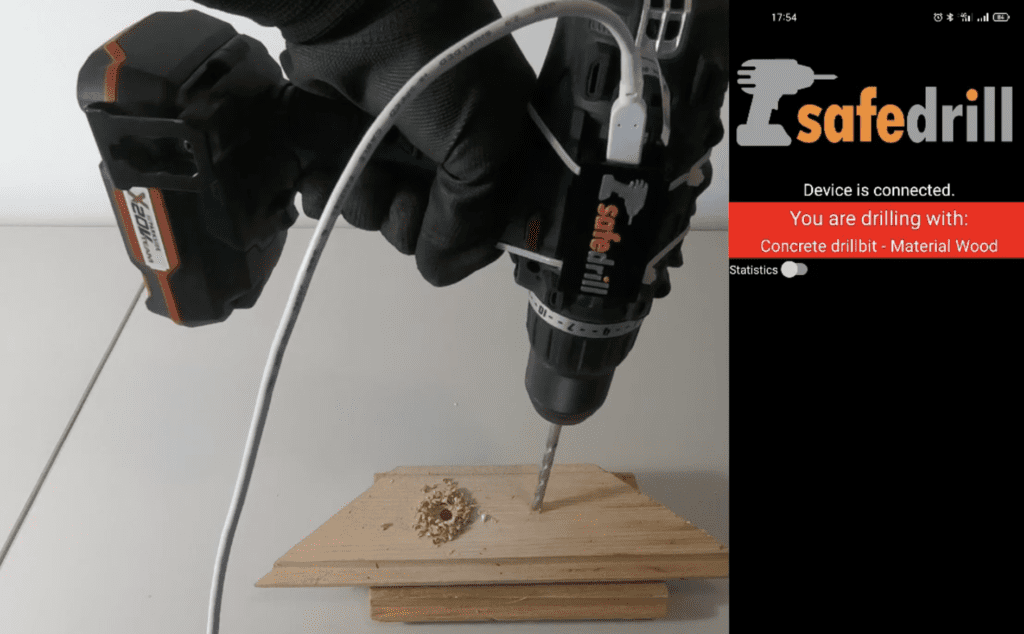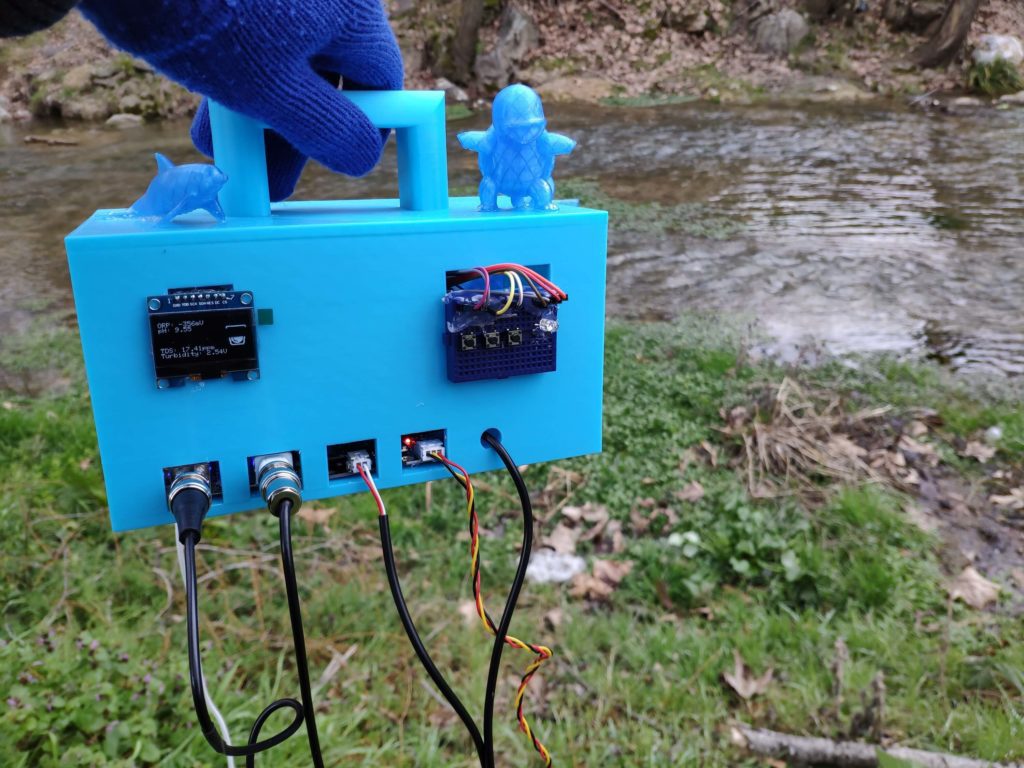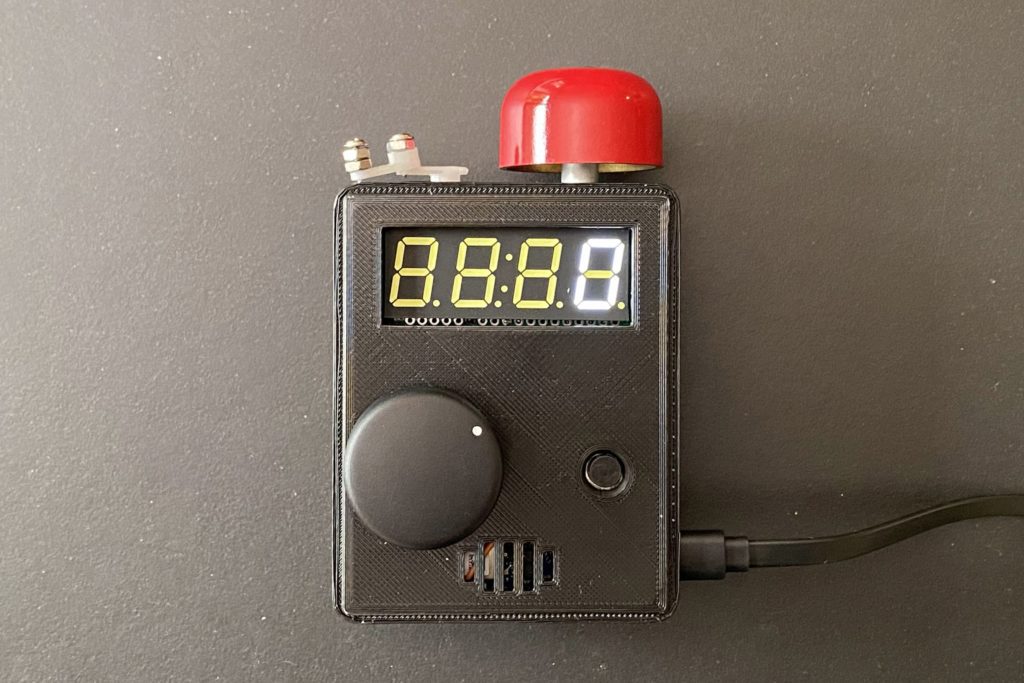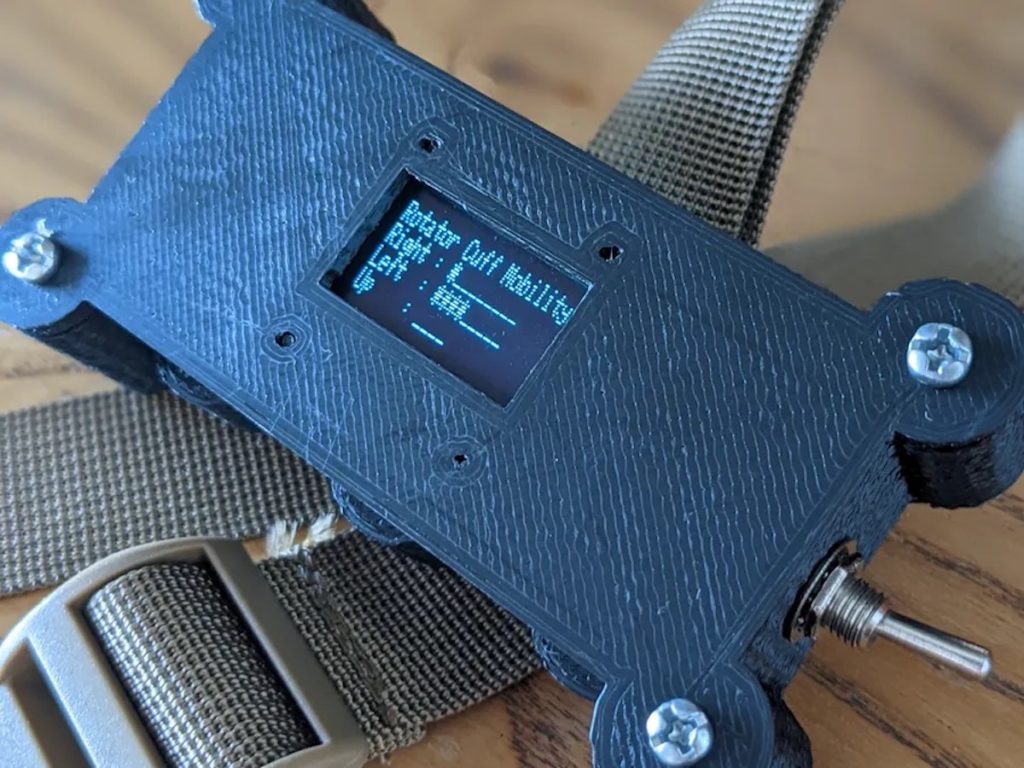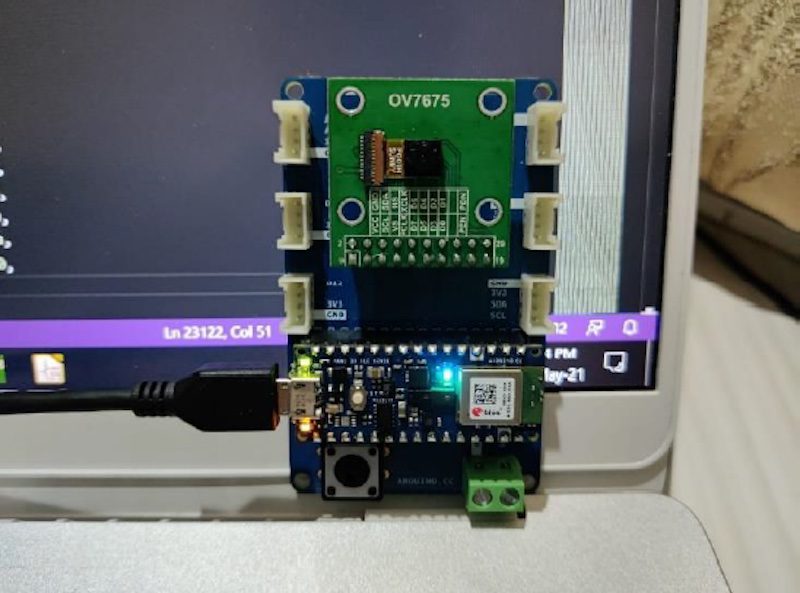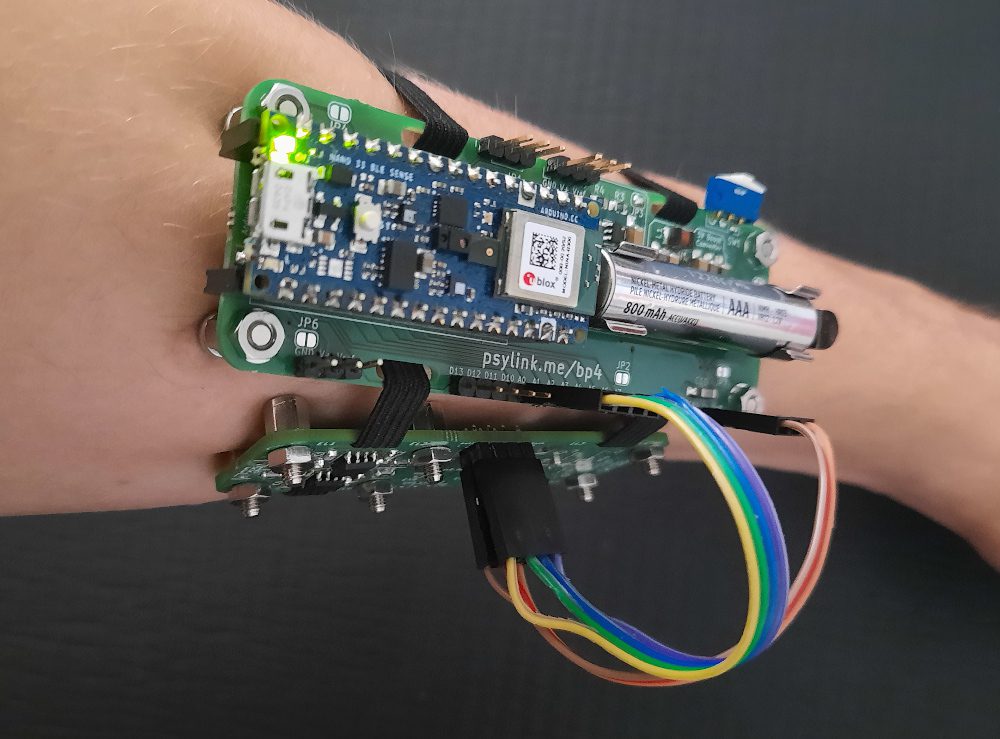Schlagwort: Nano 33 BLE Sense
-

The Smart-Badge recognizes kitchen activities with its suite of sensors
Reading Time: 2 minutesWe all strive to maintain healthier lifestyles, yet the kitchen is often the most challenging environment by far due to it containing a wide range of foods and beverages. The Smart-Badge project, created by a team of researchers from the German Research Centre for Artificial Intelligence (DFKI), aims to track just how many…
-

Add ML-controlled smart suspension adjustment to your bicycle
Reading Time: 3 minutesSome modern cars, trucks, and SUVs have smart active suspension systems that can adjust to different terrain conditions. They adjust in real-time to maintain safety or performance. But they tend to only come on high-end vehicles because they’re expensive, complicated, and add weight. That’s why it is so impressive that Jallson Suryo…
-

tinyML device monitors packages for damage while in transit
Reading Time: 2 minutesArduino Team — September 10th, 2022 Although the advent of widespread online shopping has been a great convenience, it has also led to a sharp increase in the number of returned items. This can be blamed on a number of factors, but a large contributor to this issue is damage in shipping. Shebin…
-

This piece of art knows when it’s being photographed thanks to tinyML
Reading Time: 2 minutesThis piece of art knows when it’s being photographed thanks to tinyML Arduino Team — September 9th, 2022 Nearly all art functions in just a single direction by allowing the viewer to admire its beauty, creativity, and construction. But Estonian artist Tauno Erik has done something a bit different thanks to embedded…
-

Detecting and tracking worker falls with embedded ML
Reading Time: 2 minutesCertain industries rely on workers being able to reach high spaces through the use of ladders or mobile standing platforms. And because of their potential danger if a fall were to occur, Roni Bandini had the idea to create an integrated system that can detect a fall and report it automatically across a wide…
-

Controlling a bionic hand with tinyML keyword spotting
Reading Time: 2 minutesArduino Team — August 31st, 2022 Traditional methods of sending movement commands to prosthetic devices often include electromyography (reading electrical signals from muscles) or simple Bluetooth modules. But in this project, Ex Machina has developed an alternative strategy that enables users to utilize voice commands and perform various gestures accordingly. The hand itself was made…
-

Industrial IoT anomaly detection on microcontrollers
Reading Time: 2 minutesArduino Team — July 22nd, 2022 Consumer IoT (Internet of Things) devices provide convenience and the consequences of a failure are minimal. But industrial IoT (IIoT) devices monitor complex and expensive machinery. When that machinery fails, it can cost serious money. For that reason, it is important that technicians get alerts as…
-

Get connected to your Nano with the Screw Terminal Adapter
Reading Time: 3 minutesThe brand new Nano Screw Terminal Adapter turns up the speed on your prototyping efforts by giving you a fast, reliable way to hook up your boards. This awesome add-on is exactly what seasoned makers have been crying out for, and is now available from the Arduino Store. Let’s take a look…
-

This device detects different household sounds through tinyML
Reading Time: 2 minutesArduino Team — July 14th, 2022 For people who suffer from hearing loss or other auditory issues, maintaining situational awareness can be vital for keeping safe and autonomous. This problem is what inspired the team of Lucia Camacho Tiemblo, Spiros Kotsikos, and Maria Alifieri to create a small device that can alert users to…
-

Detecting harmful gases with a single sensor and tinyML
Reading Time: 2 minutesArduino Team — July 11th, 2022 Experiencing a chemical and/or gas leak can be potentially life-threatening to both people and the surrounding environment, which is why detecting them as quickly as possible is vital. But instead of relying on simple thresholds, Roni Bandini was able to come up with a system that can spot…
-

This IoT weather monitor can track environmental data from almost anywhere
Reading Time: 2 minutesArduino Team — July 11th, 2022 The need for rapid environmental data collection, processing, and viewing has never been more important, and with the rise of always-connected IoT devices, this goal is now closer than ever. However, most DIY solutions that rely on Bluetooth® or WiFi simply are not feasible in isolated…
-

This device predicts when a refrigerator might fail using embedded ML
Reading Time: 2 minutesArduino Team — July 4th, 2022 The refrigerator is one of the centerpieces in a modern kitchen, and experiencing a loss in cooling can lead to hundreds or even thousands of dollars of spoiled goods. Perhaps even more importantly, a sudden loss of medications or vaccines that heavily rely on refrigeration can…
-

GetFit is a DIY fitness tracker based on the Nano 33 BLE Sense
Reading Time: 2 minutesArduino Team — June 3rd, 2022 When it comes to fitness tracking, the average consumer would most likely reach for a smartwatch or similar wearable band. These all work by using their internal accelerometers and gyroscopes to sense motion and detect when a certain action, such as stepping or lifting a weight,…
-

SafeDrill uses tinyML to encourage proper drilling technique
Reading Time: 2 minutesArduino Team — May 31st, 2022 For those new to DIY projects that involve the use of power tools, knowing when a tool is being used in an unsafe manner is of utmost importance. For many, this can include employing the wrong drill bit for a given material, such as a concrete…
-

This Arduino device can anticipate power outages with tinyML
Reading Time: 2 minutesArduino Team — May 24th, 2022 Our reliance on electronic devices and appliances has never been higher, so when the power goes out, it can quickly become an unpleasant and inconvenient situation, especially for those who are unable to prepare in time. To help combat this problem, Roni Bandini has devised a device he…
-

Celebrate Earth Day with these Arduino projects
Reading Time: 3 minutesIn celebration of Earth Day, we thought it would be fun to highlight a handful of open-source projects that may inspire you to help make a positive impact on our world. From air quality and water pollution monitoring to wildlife conservation and deforestation prevention, here are just some of the ways our…
-

Train yourself to avoid using filler words with the tinyML-powered Mind the Uuh device
Reading Time: 2 minutesArduino Team — April 21st, 2022 Listening to a speaker who interjects words such as “um,” “uuh,” and “so” can be extremely distracting and take away from the message being conveyed, which is why Benedikt Groß, Maik Groß, Thibault Durand set out to build a small device that can help encourage speakers…
-

Arduino device uses tinyML to help wearers recover from shoulder injury
Reading Time: 2 minutesArduino Team — March 15th, 2022 Shoulder injuries can be quite complex and require months of careful physical therapy to overcome, which is what led to Roni Bandini to build a tinyML-powered wearable that monitors a patient’s rotator cuff movements to aid in the recovery process. His system is designed around a Nano 33 BLE…
-

Arduino device uses tinyML to help wearers recover from shoulder injury
Reading Time: 2 minutesArduino Team — March 15th, 2022 Shoulder injuries can be quite complex and require months of careful physical therapy to overcome, which is what led to Roni Bandini to build a tinyML-powered wearable that monitors a patient’s rotator cuff movements to aid in the recovery process. His system is designed around a Nano 33 BLE…
-

This contactless system combines embedded ML and sensors to improve elevator safety
Reading Time: 2 minutesArduino Team — January 29th, 2022 As an entry into the 5th IEEE National Level Project Competition, Anway Pimpalkar and his team wanted to design a system that could help improve safety and usability within elevators by detecting if a human is present, the floor they wish to travel towards, and automatically go to the ground floor…
-

Instead of sensing the presence of metal, this tinyML device detects rock (music)
Reading Time: 2 minutesArduino Team — January 29th, 2022 After learning about the basics of embedded ML, industrial designer and educator Phil Caridi had the idea to build a metal detector, but rather than using a coil of wire to sense eddy currents, his device would use a microphone to determine if metal music is playing…
-

PsyLink is a low-cost, non-invasive EMG interface based on the Nano 33 BLE Sense
Reading Time: 2 minutesArduino Team — January 10th, 2022 Non-invasive EMG interfaces have the potential to solve many problems that afflict those who suffer from a disability or simply want a more efficient way to perform a task. This is what led one maker, who goes by the name “Hut,” to create their own open…

